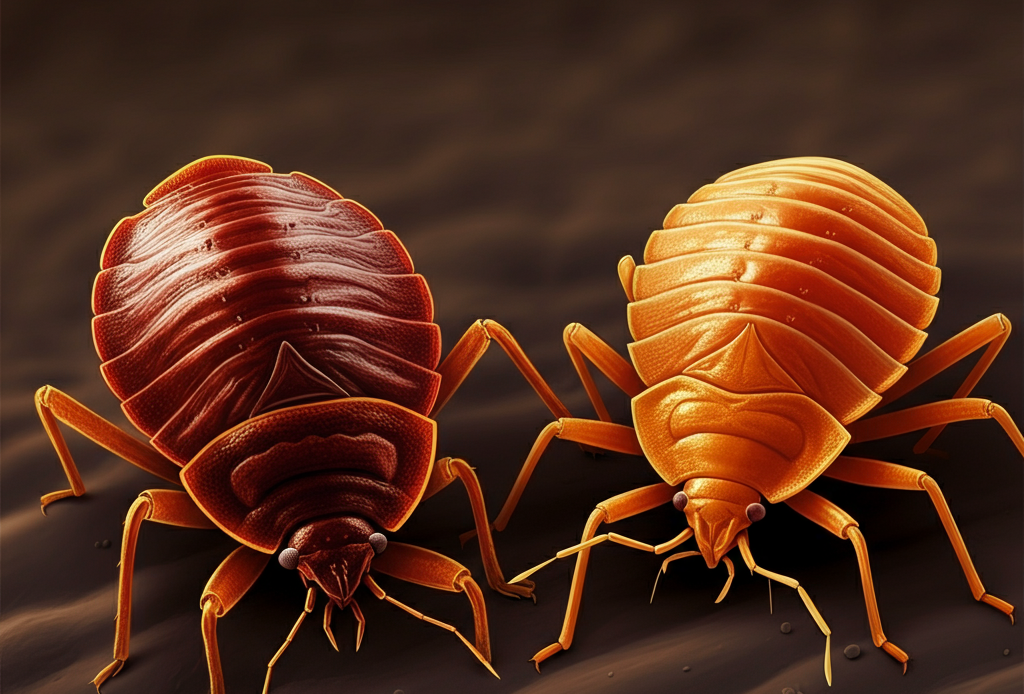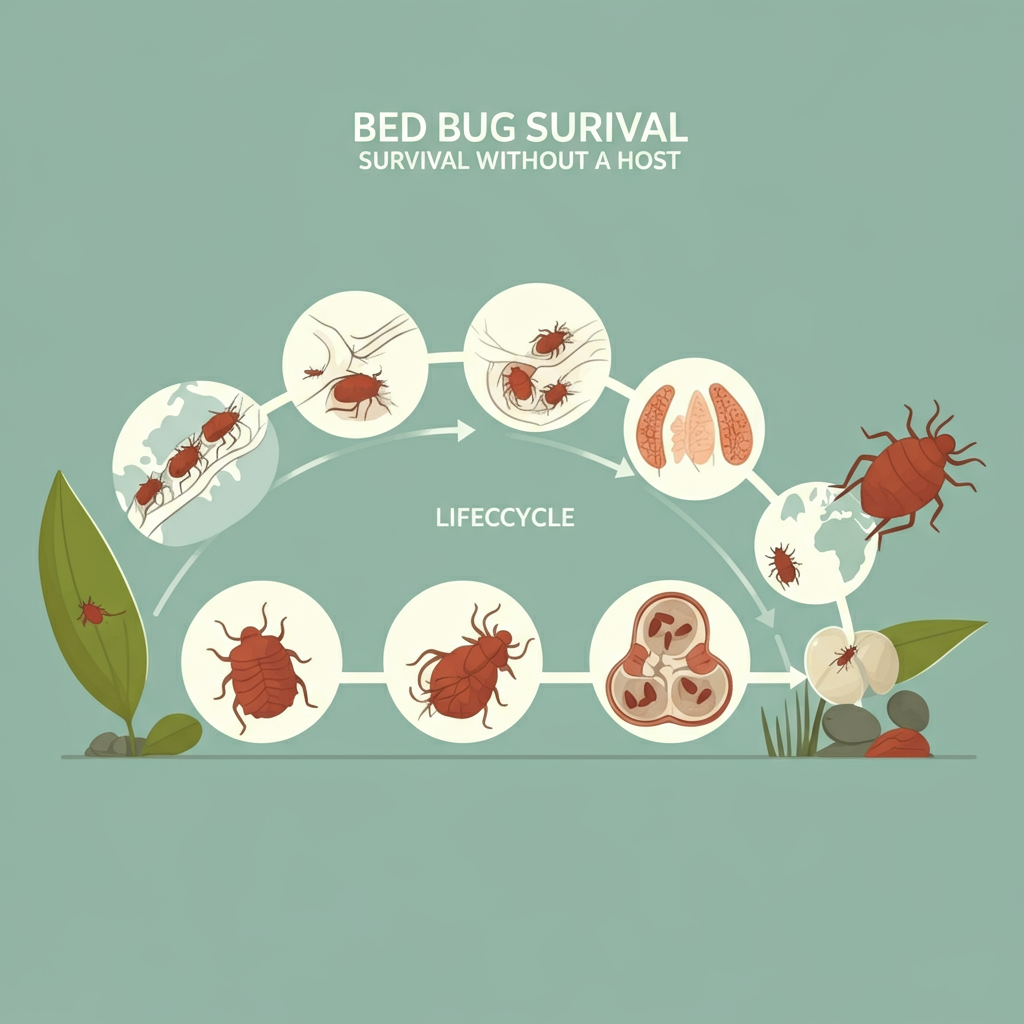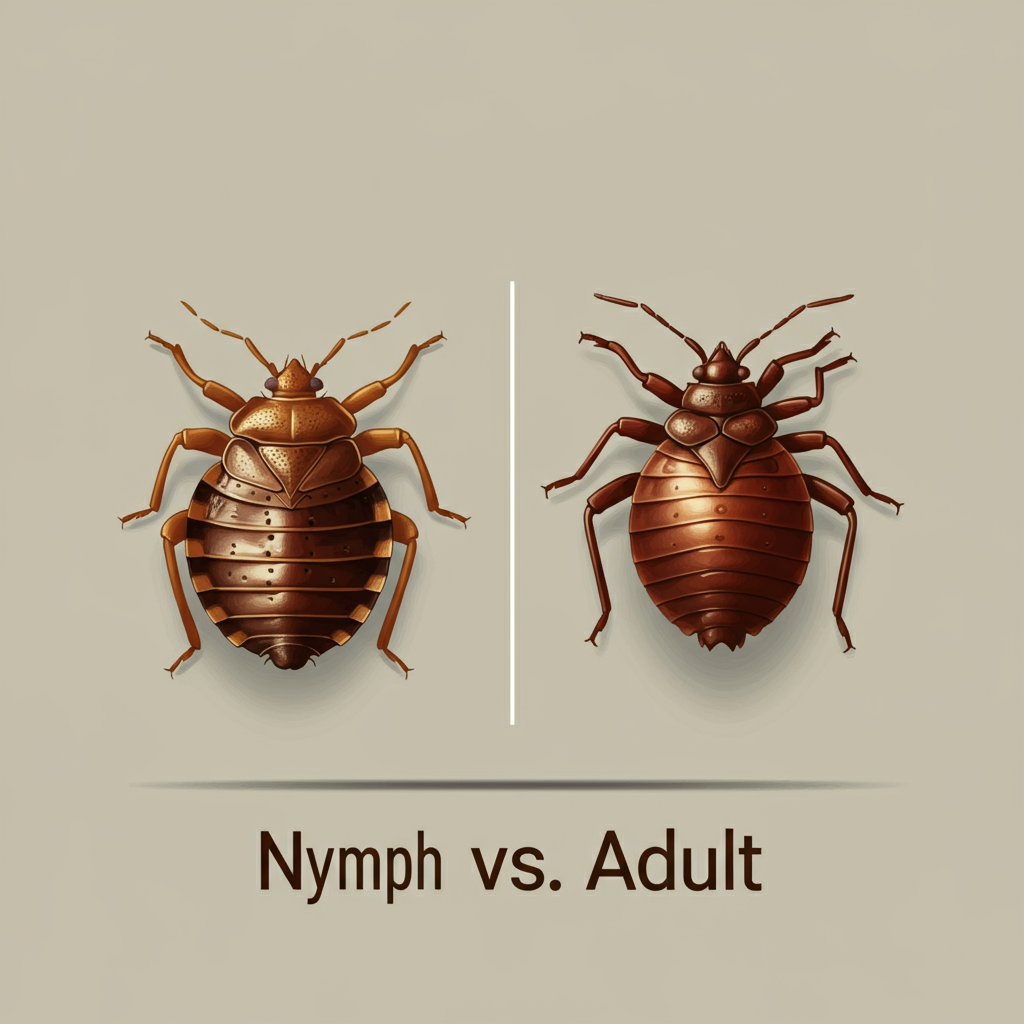
These insects are notorious for their resilience, making them one of the most challenging household pests to manage. A big part of their survival story lies in their ability to go extended periods without feeding on a host. If you’re dealing with an infestation or curious about their biology, understanding how long they can live without a host is crucial to combat them effectively. This post dives deep into the fascinating (and slightly disturbing) world of these pests and their survival mechanisms.

Table of Contents
The Science of Bed Bug Survival
These are small, wingless insects that feed exclusively on the blood of warm-blooded animals, including humans. Despite their dependency on blood meals for reproduction and energy, these pests are remarkably adaptable and resourceful.
When a host is unavailable, these pests can go into survival mode, slowing their metabolism and conserving energy. This ability allows them to endure long periods of starvation, which often makes them harder to eliminate.
How Long Can Bed Bugs Live Without Feeding?
Nymphs vs. Adults
The lifespan of these insects without feeding varies based on its life stage:

- Nymphs: Young bed bugs, or nymphs, are less resilient than adults. They need frequent blood meals to grow and molt through their five developmental stages. Without a host, most nymphs can only survive for a few weeks to a month before dying.
- Adults: Mature bed bugs are significantly more resilient. They can live without feeding for up to 4–6 months under optimal conditions (moderate temperatures and high humidity). However, in cooler environments, their metabolism slows even further, potentially extending their survival to nearly a year.
Environmental Factors That Influence Survival
Several external factors can influence how long these pests survive without a host:
- Temperature: Cooler environments slow bed bugs’ metabolic rate, allowing them to conserve energy and survive for longer durations without feeding. Warmer temperatures, on the other hand, increase their metabolic demand for food, leading to faster starvation.
- Humidity: High humidity helps bed bugs retain moisture in their bodies, whereas dry conditions can dehydrate them quickly, reducing their survival time.
- Shelter: Bed bugs thrive in secluded, dark spaces, such as cracks, furniture seams, and mattress folds. These hiding spots protect them from environmental stressors, allowing them to survive longer.
Where Do They Hide Without a Host?
When there’s no host readily available, bed bugs don’t give up the hunt. Instead, they remain hidden in places where they’re likely to encounter a new host. Common hiding spots include:
- Mattress seams and box springs
- Upholstered furniture
- Cracks in walls or floors
- Behind wallpaper or electrical outlets
- Luggage, clothing, and bedding
Their ability to stay dormant and hidden means they may reappear weeks or months after you think your space is pest-free.
Do Bed Bugs Die Without a Host?

The short answer is yes, but it takes time, and their survival capabilities make eradication a challenge. They cannot reproduce or grow without blood meals, limiting populations over time if they remain unfed. However, their prolonged survival means proactive pest management is necessary to eliminate them.
How to Detect and Eliminate Bed Bugs Without a Host
If you suspect an infestation but haven’t noticed bite marks or active feeding, they may be lying in wait. Here are steps to detect and eliminate these pests:
1. Inspect Potential Hiding Spots
Use a flashlight to check familiar hiding places such as mattress seams, furniture crevices, and cracks in walls or floors for signs of bed bugs or droppings (tiny black stains).
2. Use Traps and Monitors
Install bed bug interceptors under furniture legs or use sticky traps to monitor their activity. These devices can give you a better sense of their presence even when they’re not feeding.
3. Clean and Declutter
Vacuum all surfaces regularly, focusing on mattresses, carpets, and furniture. Decluttering your home reduces their hiding spots, making it harder for them to survive unnoticed.
4. Employ Heat Treatments
Heat is one of the most effective ways to kill bed bugs. Washing bedding and clothing in hot water (at least 120°F), followed by high-heat drying, can eliminate them.
5. Seek Professional Help
If you find signs of an infestation, calling a licensed pest control professional is the best course of action. Experts can provide targeted treatments and ensure the eradication of all life stages.
Key Insights for Preventing Re-Infestation
Once you’ve dealt with bed bugs, prevention is critical. Without a host, these pests may migrate to new areas looking for blood meals. Here’s how to avoid future issues:
- Inspect Second-Hand Items: Always check used furniture and clothing for bed bugs before bringing them into your home.
- Be Cautious When Traveling: Inspect hotel mattresses and furniture for signs of bed bugs. Keep your luggage elevated and away from beds or walls to avoid carrying pests home.
- Seal Entry Points: Fill cracks in walls and floors to eliminate familiar hiding places.
Being proactive can significantly reduce the likelihood of a re-infestation.
Understanding Bed Bug Resilience Is the First Step
Bed bugs’ ability to live without feeding for months makes them a formidable adversary. Their resilience is a key reason why infestations often persist despite efforts to eradicate them. By understanding their biology and habits, you can take strategic steps to detect, eliminate, and prevent these unwelcome guests from lingering in your space.
If you’re battling bed bugs or want to safeguard against potential infestations, act quickly. From thorough inspections to professional pest control treatments, every measure you take brings you closer to a bed bug-free home.
By understanding their biology and habits, you can take strategic steps to detect, eliminate, and prevent these unwelcome guests from lingering in your space. If you’re battling these pests or want to safeguard against potential infestations, act quickly. From thorough inspections to professional pest control treatments, every measure you take brings you closer to a Bed Bugs-free home.
